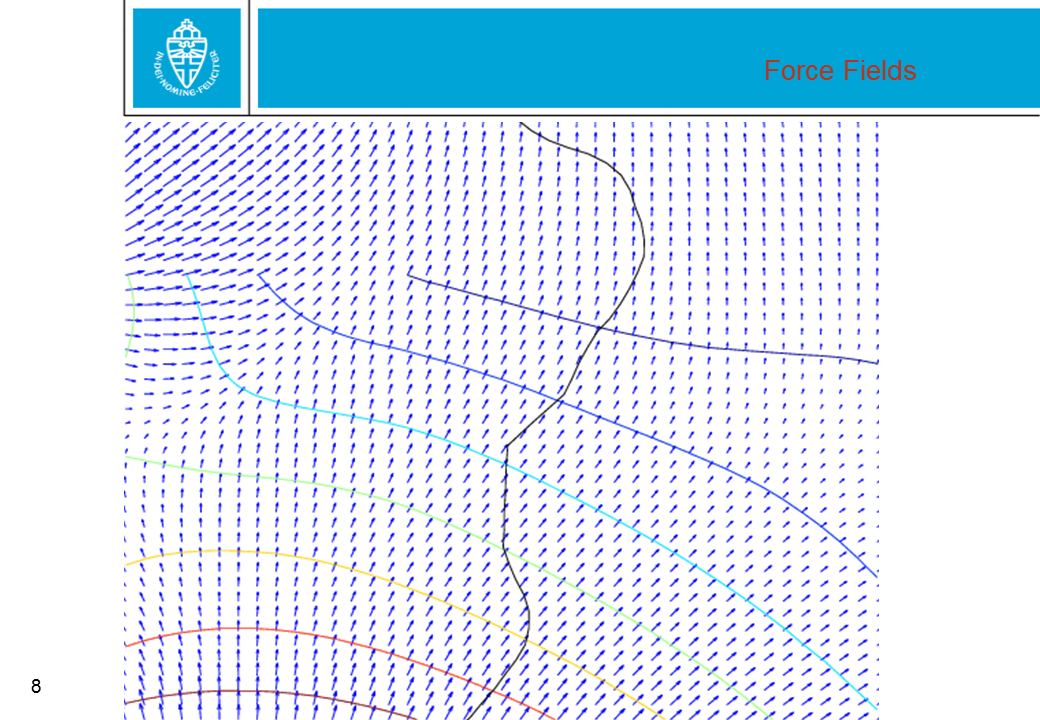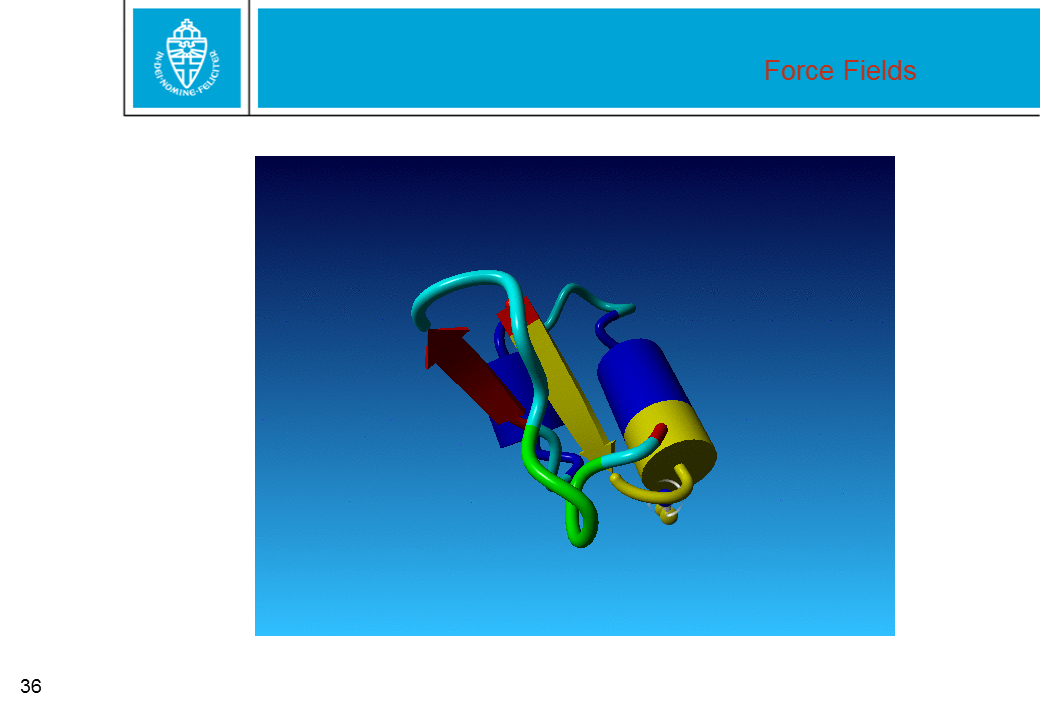
Figure 42. Force fields are everywhere. We will discuss some FF that are
commonly used in chemistry/bioinformatics, but be aware that FF are used in
trafic regulation, rocket science, flood protection, nuclear bombs, car design,
etc.
![]()
|
The short videos presented in this page are not a replacement of the seminar. They merely explain once more a few of the main points made in the Force Field seminar and practical. |

|
Figure 47. This last example shows how a FF for secondary structure prediction helps
when sequence alignments get difficult.
|